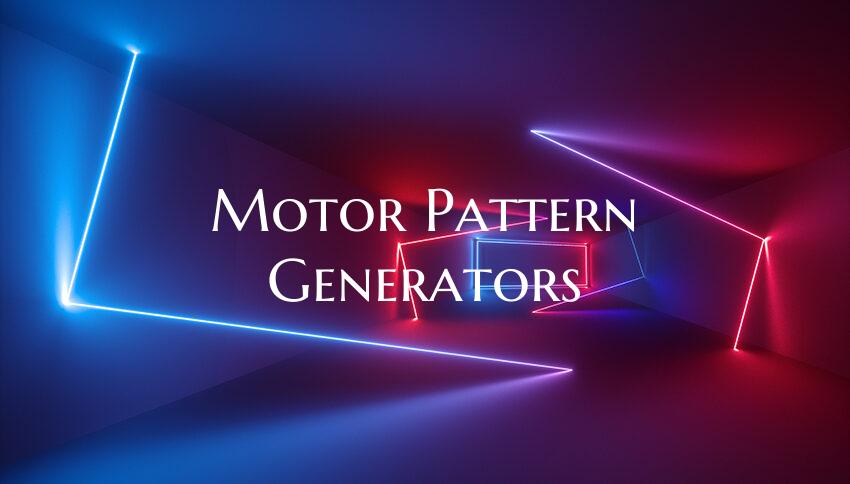Motor Pattern Generators
Understanding Motor Pattern Generators: The Key to Coordinated Movement
Motor pattern generators, also known as central pattern generators (CPGs), are neural circuits in the spinal cord and brainstem that play a crucial role in generating rhythmic, coordinated movements such as walking, swimming, and breathing. These specialized circuits are responsible for producing the basic rhythmic patterns of muscle activation that underlie various motor activities, without the need for constant input from the brain.
One of the remarkable features of motor pattern generators is their ability to generate complex motor sequences with a high degree of precision and coordination. For example, when you walk, the CPGs in your spinal cord control the alternating pattern of muscle activation between the left and right legs, ensuring smooth locomotion. Similarly, in activities like cycling or swimming, these circuits provide the essential timing and coordination required for efficient movement.
Studies have shown that motor pattern generators can operate independently of higher brain centers, allowing for rhythmic movements to continue even when the brain is not actively engaged. This phenomenon is often observed in cases of spinal cord injuries, where individuals retain the ability to generate simple rhythmic movements such as walking or cycling despite the loss of voluntary control from the brain.
Understanding the functioning of motor pattern generators is not only essential for unraveling the basic principles of motor control but also holds significant implications for rehabilitation therapies and the development of advanced prosthetic devices. By tapping into the innate capabilities of these neural circuits, researchers and clinicians can design innovative interventions to restore motor function in individuals with movement disorders or neurological injuries.
In conclusion, motor pattern generators are fundamental neural circuits that drive rhythmic and coordinated movements essential for everyday activities. By delving deeper into the mechanisms underlying these intricate circuits, we can unlock new possibilities for enhancing motor control, rehabilitation, and the development of cutting-edge technologies aimed at improving the quality of life for individuals with motor impairments.

